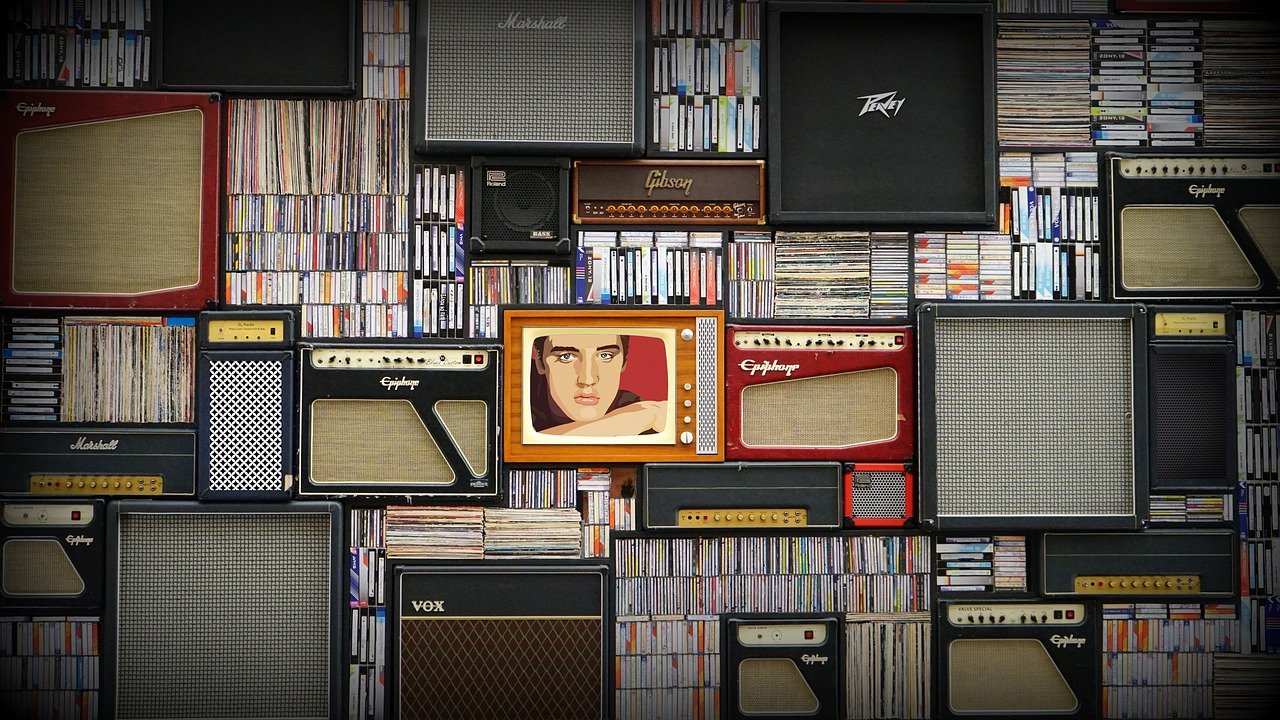Soundtracks. The very word conjures images of epic battles underscored by soaring orchestral scores, intimate moments heightened by poignant melodies, and thrilling chases fueled by pulse-pounding beats. More than just background music, a well-crafted soundtrack is a powerful storytelling tool that elevates the viewing experience, imbuing scenes with deeper meaning and lingering in our memories long after the credits roll. But what exactly makes a great soundtrack, and how has its role evolved over the years? Let’s dive in.
The Anatomy of a Soundtrack: More Than Just Background Noise
Defining the Soundtrack’s Purpose
A soundtrack is the collection of musical pieces used in a film, television show, video game, or other form of media. Its primary purpose is to:
- Enhance the emotional impact of a scene.
- Establish the tone and atmosphere.
- Provide a sense of rhythm and pacing.
- Act as a narrative tool, foreshadowing events or reflecting character development.
- Create a cohesive and memorable auditory experience.
Essentially, a good soundtrack works in tandem with the visuals to create a synergistic effect that amplifies the overall impact of the media. Think of the iconic shower scene in Psycho – would it be as terrifying without Bernard Herrmann’s screeching strings?
Original Score vs. Licensed Music
Soundtracks often feature a blend of original music, specifically composed for the project (the score), and pre-existing, licensed songs.
- Original Score: This offers the most control for filmmakers, allowing them to tailor the music perfectly to each scene. Composers like Hans Zimmer (The Lion King, Inception), John Williams (Star Wars, Jurassic Park), and Ennio Morricone (The Good, the Bad and the Ugly, Once Upon a Time in the West) are masters of this art.
- Licensed Music: Using existing songs can instantly establish a time period, cultural context, or character trait. Quentin Tarantino is renowned for his brilliant use of licensed music in films like Pulp Fiction and Reservoir Dogs, often recontextualizing familiar tunes in unexpected and impactful ways.
The skillful integration of both original score and licensed music is key to creating a truly compelling and memorable soundtrack.
The Evolution of the Soundtrack: From Orchestral to Electronic and Beyond
Early Days: The Silent Film Era
Even before the advent of sound film, music played a crucial role in the cinematic experience. Live musicians would accompany silent films, improvising scores that reflected the on-screen action and emotions. These early soundtracks were highly adaptable and often varied from screening to screening.
The Golden Age: Orchestral Scores Reign Supreme
The introduction of synchronized sound in the late 1920s ushered in the “Golden Age” of film scores. Orchestral scores became the dominant form, with composers drawing inspiration from classical music traditions. Films like Gone With the Wind and Casablanca feature lush orchestral soundtracks that perfectly complement their epic narratives.
The Rise of Rock and Pop: A New Era of Sound
The 1960s and 70s saw the increasing incorporation of rock and pop music into soundtracks. Films like Easy Rider and Saturday Night Fever became cultural touchstones, not just for their visuals, but also for their groundbreaking soundtracks that captured the spirit of the era.
Modern Trends: A Diverse Landscape
Today, the landscape of soundtracks is incredibly diverse. Composers are experimenting with electronic music, world music, and hybrid genres. Video game soundtracks, in particular, have become increasingly sophisticated and are often released as standalone albums. Films like Blade Runner 2049 (composed by Hans Zimmer and Benjamin Wallfisch) showcase the power of blending orchestral and electronic elements.
Why Soundtracks Matter: More Than Just Music
Emotional Resonance and Storytelling
Soundtracks aren’t simply background noise; they’re integral to the storytelling process. They can:
- Amplify emotions: A well-placed musical cue can intensify feelings of joy, sadness, fear, or suspense.
- Establish atmosphere: Music can create a sense of place and time, immersing the viewer in the world of the story.
- Foreshadow events: A recurring musical motif can hint at future plot developments.
- Develop characters: Music can reflect a character’s personality, motivations, and inner thoughts.
Commercial Success and Cultural Impact
Successful soundtracks can achieve significant commercial success, often generating substantial revenue for studios and artists. Films like The Bodyguard and Titanic spawned best-selling soundtracks that topped the charts worldwide. Furthermore, iconic soundtracks can have a lasting cultural impact, shaping our collective memory of a film or television show. Think of how the Stranger Things soundtrack resurrected 80s synth-pop and introduced a new generation to classic artists.
Creating Lasting Memories
Ultimately, a great soundtrack creates lasting memories. It’s the music that stays with us long after the movie ends, reminding us of the characters, the story, and the emotions we experienced while watching. The best soundtracks become inextricably linked to the films they accompany, enriching our understanding and appreciation of the art of filmmaking.
Finding Your Next Favorite Soundtrack: Resources and Recommendations
Online Databases and Streaming Platforms
- Soundtrack.net: A comprehensive database of film and television soundtracks.
- Spotify, Apple Music, Amazon Music: Streaming platforms offer vast libraries of soundtracks across all genres.
- IMDb: The Internet Movie Database includes soundtrack information for most films and television shows.
Recommendations Across Genres
- Epic Orchestral: The Lord of the Rings: The Fellowship of the Ring (Howard Shore)
- Electronic/Synth: Drive (Various Artists)
- Classic Rock: Guardians of the Galaxy (Various Artists)
- Haunting/Atmospheric: The Social Network (Trent Reznor & Atticus Ross)
- Video Game: The Last of Us Part II (Gustavo Santaolalla & Mac Quayle)
Exploring different genres and composers is a great way to discover new and exciting soundtracks. Don’t be afraid to venture beyond the familiar and explore the diverse world of film and television music.
Conclusion
Soundtracks are far more than just background music; they are vital components of the storytelling process, capable of enhancing emotions, establishing atmosphere, and creating lasting memories. From the early days of silent film to the cutting-edge soundscapes of modern video games, soundtracks have evolved and adapted to reflect the changing tastes and technologies of each era. By appreciating the artistry and craft that goes into creating a great soundtrack, we can deepen our understanding and enjoyment of the media we consume. So, next time you watch a movie or play a game, pay close attention to the music – you might be surprised at the profound impact it has on your experience.



